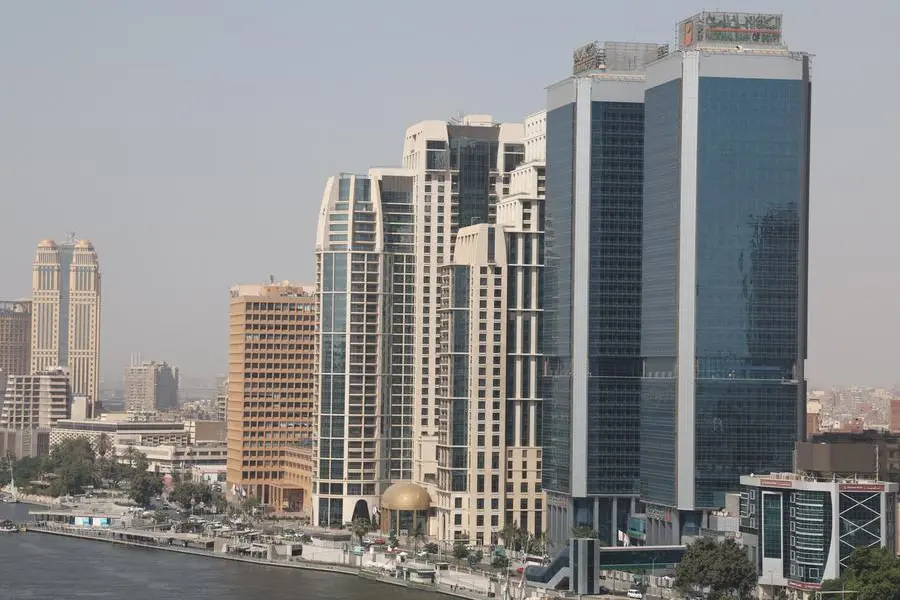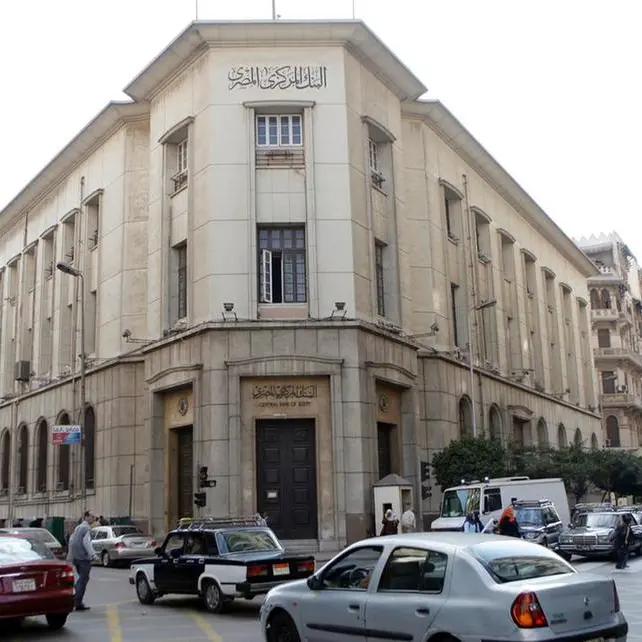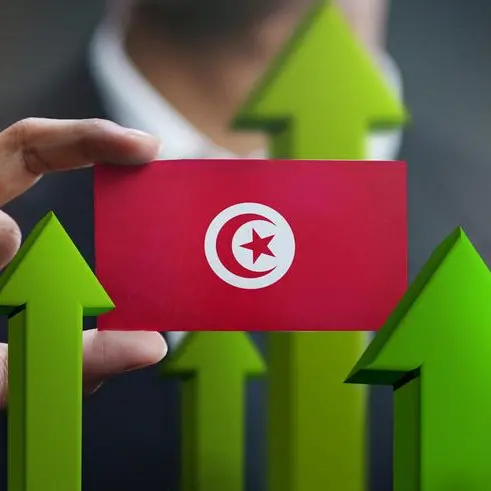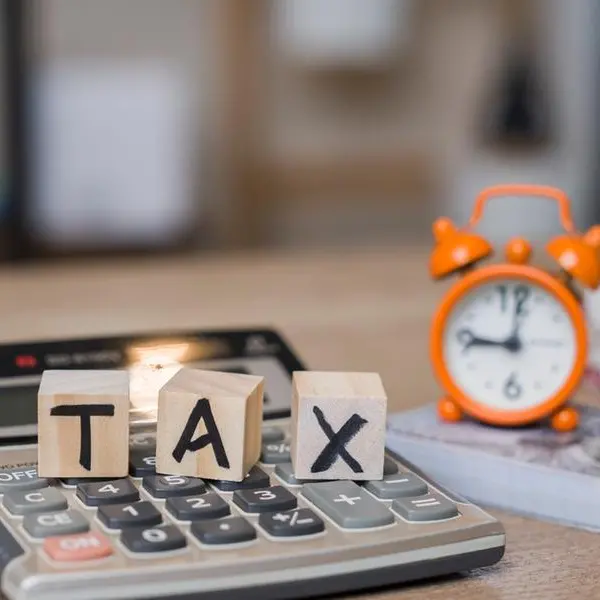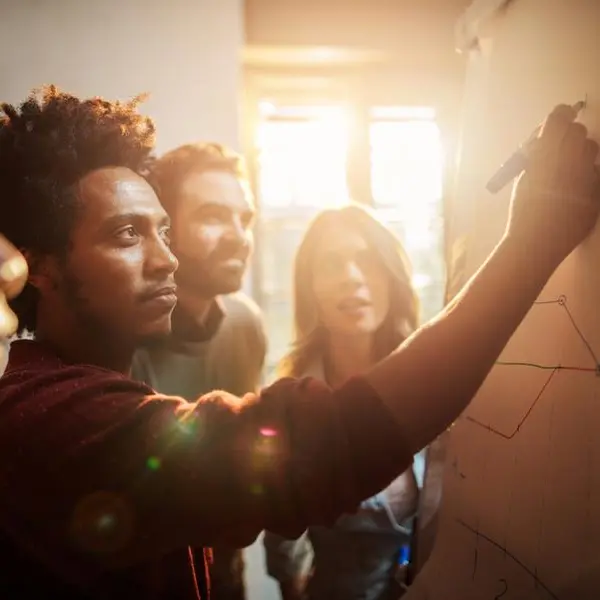PHOTO
In an interview, Nasser Ayoub, CEO of EPD Egypt, talks through the concept of Environmental Product Declaration (EPDs) and what it has to offer in supporting the environment. As climate-related issues are becoming more than just a buzzword, Ayoub dives deep into Egypt’s Vision 2030 and how EPD is helping Egypt in its green transition.
Last but not least, the CEO sheds light on the company's role in the 2022 United Nations Climate Change Conference (COP27), which was a catalyst to let more people know the real meaning behind EPDs.
What services does EPD offer? What’s your market edge and what differentiates what you do?
EPD Egypt® is the exclusive international partner of the International EPD® System in Egypt. EPD International is the global programme operator in accordance with ISO 14025:2006 - Environmental labels and declarations and EN 15804 which is the EPD standard for the sustainability of products and services. Even though the EPD Egypt has only existed for a few years, the pace is high, and EPD and climate declarations will contribute to the industry's systematic work to reduce the sector's climate impact going forward.
Our main goal is to save the environment via providing reliable and verified information on the environmental performance of products. Raising awareness about EPD and Carbon Footprint estimation and management is another area of high importance to our company. EPD Egypt® is the only national brand that offer internationally recognized EPD registrations in Egypt. We provide the companies with a document that allow global alignment and broad market visibility of Egyptian products. Currently, we offer training and workshops to increase the capacity of LCA experts in Egypt and Middle East.
Can you shed light on EPD Egypt’s most recent projects in Egypt?
This year, EPD Egypt have succeeded in publishing 14 EPD reports for three of the biggest companies in Egypt, Saint-Gobain, Suez Cement and TCI Sanmar that will allow their market dominance and market expansion. In the capacity building dimension, we arranged several training workshops for participants from Government, Industry, Consultancy, Real estate NGOs, and academic institutions under the Patronage of Ministry of Environment. The trainees of these workshops are currently forming the main taskforce to develop EPD documents in Egypt saving hundreds of thousands of Dollars that used to go to overseas companies.
Who is your target audience, and are there specific sectors that you cater to? Furthermore, what are the sectors do you think that could play a big role in Egypt’s vision towards sustainability?
For EPD Egypt, we cater to all sectors that produce marketable products ranging from material production, like cement, to a more complicated product systems such as electric appliances. From my point of view, construction materials production sector should one of the main drivers of Egypt’s journey towards sustainability. As we all know, the construction sector contributes to about 40% of global carbon footprint emissions. Therefore, any country around the globe has a role to play to help cut down the emissions emerging from the construction sector. In Egypt, we produce several energy intensive construction products like cement and steel. Thus, how we produce the building material can have a significant role in carbon emission and natural resource conservation, hence, playing a role in Egypt’s vision towards sustainability.
Can you share with us the company in numbers, shedding light on the company’s performance?
EPD Egypt was established in 2020, however year 2022 is the cornerstone of our journey, where we started our EPD registrations with 14 EPDs for different construction materials with seven more in the pipeline. We have conducted 2 diploma-level courses with about 50 EPD practitioners’ graduates, seven workshops and signed a memorandum of understanding with the Housing & Building Research Center to help expand the practice of EPD in the building sector.
Can you elaborate on EPD’s commitment to providing sustainable buildings?
Companies that produce EPD will unravel many untapped benefits concerning the sustainable buildings and prosperity of their supplying businesses. EPDs are required by several green building rating systems such as LEED, BREEAM, Green Star, HQE, and other Sustainable Building assessment schemes. In our close contact with the building materials production market, we realized that one of the main obstacles to achieve sustainable buildings in Egypt is the lack of awareness about the environmental assessment of the product and hence, the lack of relevant data used to develop EPDs.
As Egypt is one of the most water-scarce countries, what do you think is the most sustainable and affordable approach for this predicament?
One of the environmental indicators that is assessed in EPD document is water scarcity which identifies quantity of water use and changes in water quality weighting of water consumption with water scarcity index. Hence, when developing EPD for any product or project we learn about how much it has an impact on water availability. Hence, EPD’s water scarcity impact results can be used as trusted and verified criteria to be produced in Egypt e.g., direct our investments to products that doesn’t require large amount of water in production.
What do you think of Egypt’s Vision 2030? Furthermore, how is EPD Egypt helping Egypt in its green transition?
The 2030 Egypt Vision, to some extent, covers all relevant aspects of the environment and sustainability to eight main national goals to be met by 2030 that are in line with the United Nations Sustainable Development Goals (SDGs), and the Sustainable Development Strategy for Africa 2063. In EPD Egypt, we aim at integrating EPDs in the DNA of Egyptian industry. With reliable, verifiable, and comparable products data provided by EPD documents, informed decisions can be made in sustainable material selection. Used in the right way, EPDs can help to ensure that products’ choices support green transition, whether in the design, manufacture, or use. With EPDs, companies would naturally evaluate their supply chain, developing a set of actions to increase the demand for better products/services, improve production as well as support better choices, based on more coherent and simplified labeling.
Why do you think green hydrogen will be the future? And is it affordable in the first place?
We are not really in green hydrogen production; however, we will be very happy to support in registering EPDs for the green hydrogen products in the future.
How did you view the themes and events of the 2022 United Nations Climate Change Conference or Conference (COP27) this year? And can you tell our readers more on how you consider your participation fruitful?
I think that COP27 was a real one-stop shop where all climate change related themes covered with great details and passion towards finding a solution to save our planet. All the important key factors that either impact or are impacted by climate change were discussed openly and a large number of social and science-based recommendations were achieved.
This year, EPD Egypt has organized a side event at the Blue Zone under the title of ‘Pathways to Sustainable Building Markets through Credible, Comparable Lifecycle-based Information’. We were successfully selected amongst thousands of applicants. The event showcased the application of Environmental Product Declarations in the built environment to achieve mitigation targets in Egypt, Africa & MENA region.
Panelists from IVL Swedish Environmental Institute, EPD International, UNEP Global Alliance for Buildings and Construction, International Council of Chemical Association, Regional Center for Renewable Energy and Energy Efficiency, and Arab Maghreb Union discussed strategies, opportunities & challenges, and ways forward for implementing LCA in the region’s markets. You can watch the recording of the event here:
https://www.youtube.com/watch?v=tQmD_FOynFs&feature=youtu.be
For EPD Egypt, this was fruitful because it made us visible to people who did not know the real meaning behind EPDs, and we hope to bring in more contribution and visibility in the coming years.
Furthermore, what do you think of the “historic” agreement that was reached during COP27?
No doubt, the most historic decision of COP27 was on the establishment and operationalization of a loss and damage fund, particularly for nations most vulnerable to the climate crisis.
But if we want to address a more defined aspect, would be on Climate finance where the COP27 final agreement highlighted that “US$4 to $6 trillion a year needs to be invested in renewable energy until 2030 – including investments in technology and infrastructure, to reach a net-zero emissions by 2050.
Within this scope, 2 UN Bodies, the Technology Executive Committee and Climate Technology Centre and Network – announced plans to accelerate the deployment of “transformative” technologies to counter the climate crisis, where US$ 3.1 billion plan was announced by the UN Secretary General to ensure protection of all people by early warning systems within the next five years.
Within the scope of GHG Emission, the UNEP announced the launch of a new satellite-based system designed to detect methane emissions, one of the potent greenhouse gases, routinely escaping from oil and gas installations. Methane is responsible for more than 25% of the global warming that the planet is experiencing today.
Will this be sufficient for the energy transition of developing countries, or can governments further accelerate green financing even more?
The UN Environment Programme’s (UNEP’s) 2022 Adaptation Gap Report, identified the needs for finance to reach anywhere from US$160-US$340 billion annually by 2030, this is required to finance climate crisis adaptation in developing countries.
On the mitigation side, the term of “phasing-down-of-coal” was repeated in COP26 agreement, as well as referring to “low emission” energy, which is often referring to natural gas, that is still a source of GHG emissions.
Therefore, adaptation is not the solution to beat the 1.5-degree limit, mitigation has to take the front seat of actions and financing.
What can we expect from EPD investments in the coming period? What areas is it eyeing in renewable energy?
We strongly see the global focus on EPD is in the key emitting sectors: Food and Beverage (due to its upstream input from the agriculture sector), and the buildings and construction sector. In 2020, The Building and Construction accounted for almost 40% of global energy related GHG emissions, 35% of final energy demand, and a large share of global resource extraction (2021 Global Status Report for Buildings and Construction, GlobalABC).
With focus on buildings materials, EPD provide reliable assessment of potential environmental impacts associated with the product, the process, and/or the system, along its life cycle, from the extraction of raw material to the end of life, through the life cycle assessment (LCA).
This where EPD investments is expected to most focus to achieve market transformation and building decarbonization, including focus on clean energy, which is part of the Life cycle impact assessment within the EPD. Specifically, EPD Egypt is planning to invest in building a regional products database that will allow comparing materials performance-based water use and renewable energy use along their supply chain.
